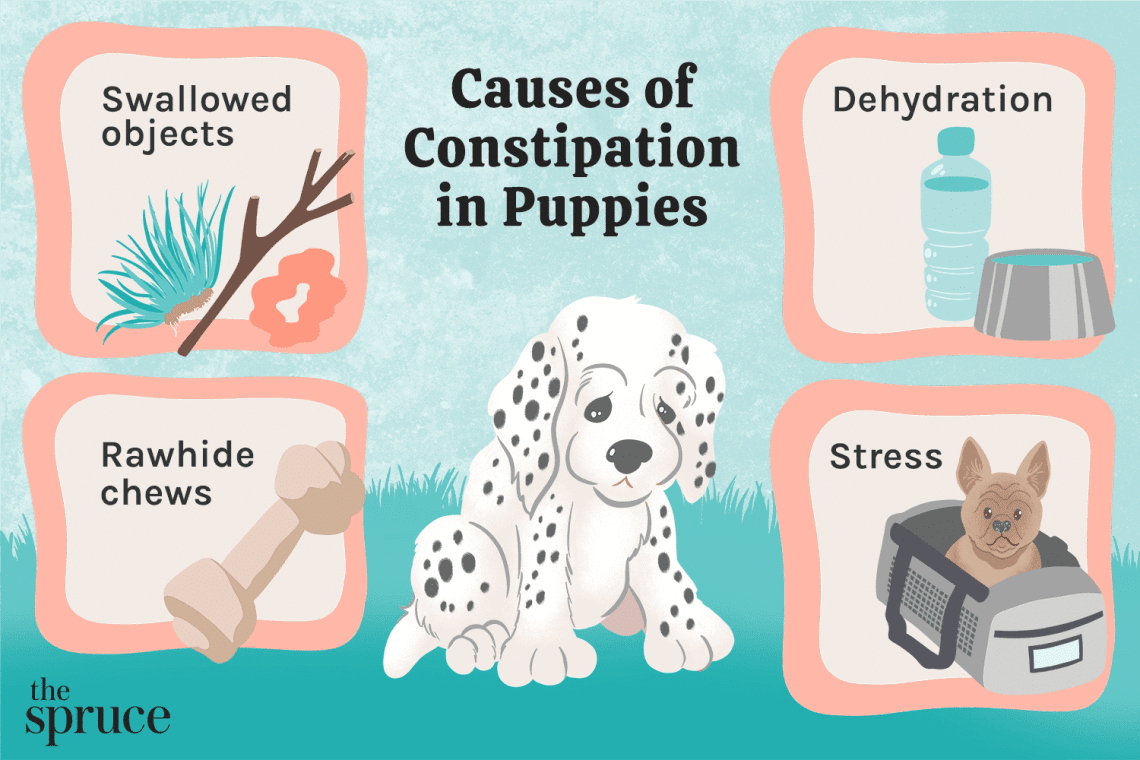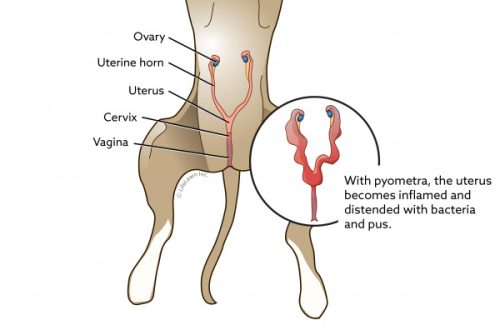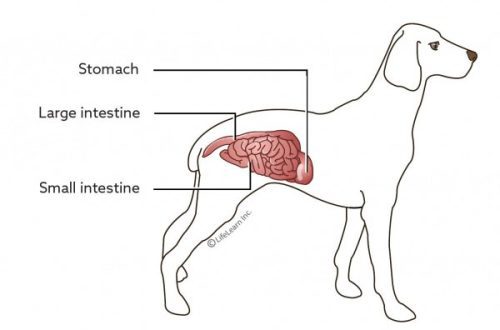
Constipation in a dog. What to do?

Constipation is infrequent difficult bowel movements, passing a small amount of feces, changes in the color and consistency of feces, or unsuccessful attempts to go to the toilet. Constipation can be considered a condition accompanied by these symptoms for more than 1-2 days. The medical name for this condition is constipation.
Contents
Symptoms
When constipated, the dog will try to go to the toilet, often sit down, push, but without a satisfactory result. Feces can be dry, hard, smaller in volume, darker in color, or mixed with mucus and blood. The dog may ask to be outside more often, even immediately after a walk. In the complete absence of defecation, the general condition of the dog worsens, there is a decrease in appetite, a complete refusal of food occurs, and vomiting may occur.
The extreme stage of constipation is obstipation, in which independent bowel emptying becomes impossible due to the large amount of accumulated feces and overstretching of the walls of the large intestine. This leads to loss of contractile function. In such cases, one has to resort to manual removal of the contents of the intestine or even to surgical intervention.
Causes of Constipation in Dogs
Pelvic injuries and spinal cord injury, neurological diseases leading to disruption of the defecation process;
Foreign bodies in the intestines, as well as the accumulation of a large amount of swallowed wool, bones, plant materials, eaten toys or even stones;
Neoplasms of the large intestine;
Prostate diseases – hyperplasia or tumors;
Diseases and congestion of the perianal glands;
Bite wounds in the anus;
perineal hernia;
Dehydration, electrolyte imbalance due to diseases;
Obesity, sedentary lifestyle, hospitalization, age-related changes;
Improper feeding;
Side effects of the drugs used;
Orthopedic problems when, due to joint pain, the dog cannot take the necessary position for defecation.
The dog is constipated. What to do?
Assess the general condition of the dog: activity, body condition, appetite, urination; carefully inspect and feel the area around the tail and anus. Constipation may well go away on its own, for example, if it is caused by a violation of the usual diet.
However, if similar symptoms have been observed before, or the general condition of the dog has changed or worsened, and also if constipation persists for more than two days, it is worth contacting a veterinary clinic as soon as possible.
What not to do without the advice of a veterinarian:
Give petroleum jelly, since often it does not help at all, and if the drug is administered incorrectly, aspiration can be caused – oil entering the respiratory tract. In some cases, it is generally contraindicated, for example, if you suspect perforation (perforation) of the intestine;
Use rectal suppositories – many of them contain drugs that are toxic to dogs;
Give laxatives – they have contraindications and cannot eliminate all causes of constipation. In addition, many of them can be toxic to pets;
Do an enema at home. An enema is a good bowel cleansing method; but only when the exact causes of the constipation are known, the application of the enema will not harm the patient.
The article is not a call to action!
For a more detailed study of the problem, we recommend contacting a specialist.
Ask the vet
December 4 2017
Updated: October 1, 2018





